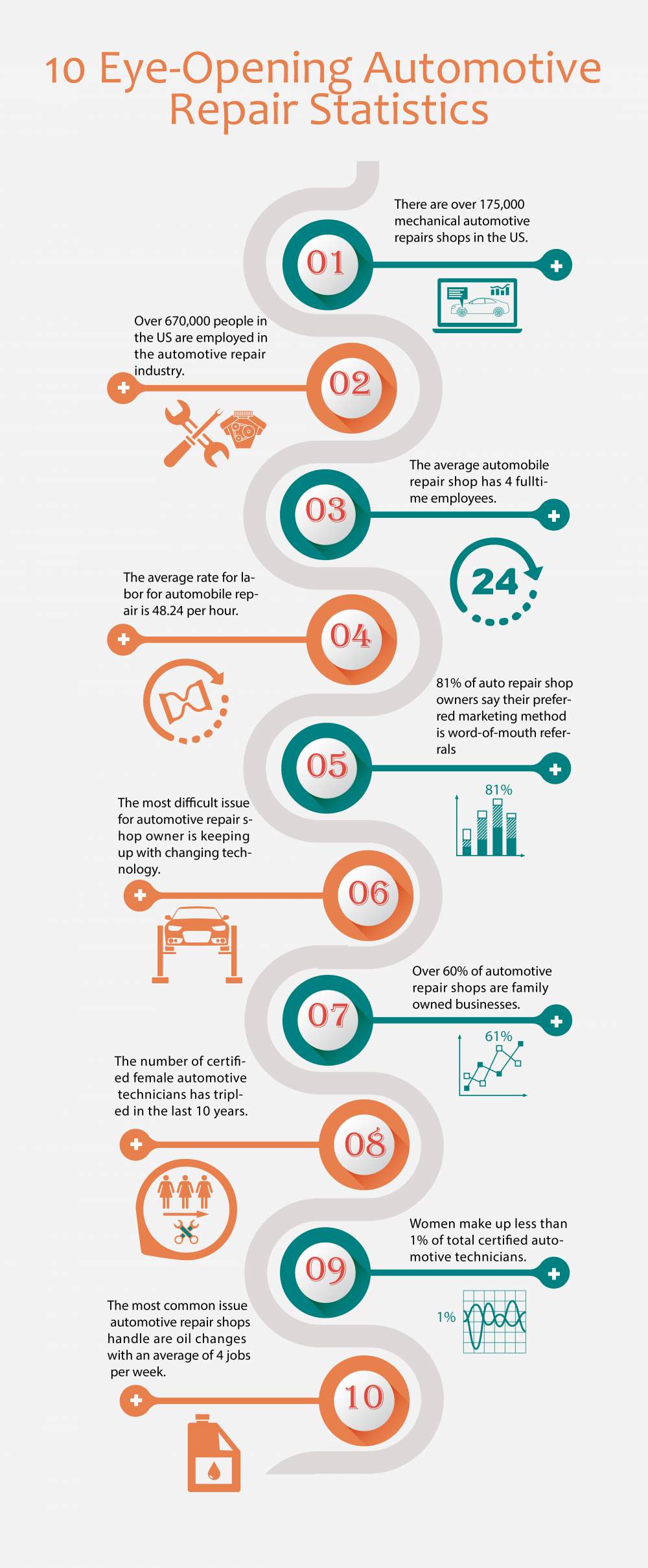Comprehending The Significance Behind Your Automobile'S Caution Lighting: A Thorough Look
Comprehending The Significance Behind Your Automobile'S Caution Lighting: A Thorough Look
Blog Article
Web Content By-Sykes Winters
When you're behind the wheel, those beautiful caution lights on your dashboard can be a bit perplexing. Do you recognize what they're attempting to tell you concerning your car's health and wellness? Comprehending the relevance of these lights is crucial for your safety and security and the longevity of your car. So, the next time among those lights appears, would not you intend to analyze its message accurately and take the needed steps to address it?
Common Warning Lighting and Interpretations
Identify typical warning lights in your vehicle and recognize their definitions to guarantee safe driving.
The most typical warning lights consist of the check engine light, which indicates issues with the engine or exhausts system. If this light begins, it's vital to have your vehicle checked promptly.
The oil pressure alerting light indicates low oil pressure, needing immediate attention to avoid engine damage.
A flashing battery light could suggest a defective billing system, potentially leaving you stranded otherwise dealt with.
The tire pressure tracking system (TPMS) light alerts you to low tire pressure, impacting vehicle security and gas efficiency. Overlooking this might cause hazardous driving problems.
The abdominal muscle light indicates a trouble with the anti-lock stopping system, compromising your ability to quit quickly in emergency situations.
Last but not least, the coolant temperature level advising light warns of engine getting too hot, which can lead to severe damage otherwise solved quickly.
Comprehending these usual warning lights will aid you address issues without delay and keep secure driving problems.
Relevance of Prompt Focus
Comprehending the common caution lights in your auto is just the first step; the value of immediately addressing these warnings can't be emphasized enough to ensure your safety and security when driving.
When a warning light illuminates on your dashboard, it's your auto's means of communicating a possible problem that requires focus. Neglecting these cautions can bring about more severe problems down the road, endangering your safety and security and potentially costing you a lot more out of commission.
Motivate focus to cautioning lights can avoid malfunctions and mishaps. As Read the Full Content , a blinking check engine light could suggest a misfire that, if left unattended, might trigger damages to the catalytic converter. Resolving this promptly can conserve you from a costly repair service.
In a similar way, a brake system cautioning light might signal reduced brake fluid or used brake pads, important elements for your safety and security when driving.
Do It Yourself Troubleshooting Tips
If you see a caution light on your dashboard, there are a few DIY fixing ideas you can try before looking for specialist aid.
The first step is to consult your automobile's guidebook to understand what the details warning light indicates. Occasionally the concern can be as basic as a loosened gas cap triggering the check engine light. Tightening the gas cap may resolve the trouble.
One more usual concern is a reduced battery, which can activate numerous advising lights. Examining https://hectorplfav.wssblogs.com/30005666/seasonal-automobile-describing-tips-preparing-your-automobile-for-each-season for rust and guaranteeing they're secure may take care of the issue.
If a warning light persists, you can try resetting it by disconnecting the car's battery for a couple of minutes and then reconnecting it. Furthermore, checking your car's fluid levels, such as oil, coolant, and brake fluid, can aid troubleshoot warning lights related to these systems.
Final thought
In conclusion, understanding your auto's warning lights is necessary for maintaining your lorry running efficiently and securely. By immediately attending to these informs and knowing what they mean, you can stay clear of expensive fixings and potential failures.
Remember to consult your cars and truck's handbook for certain details on each alerting light and do something about it appropriately to make certain a trouble-free driving experience.
Remain informed, stay risk-free when traveling!
